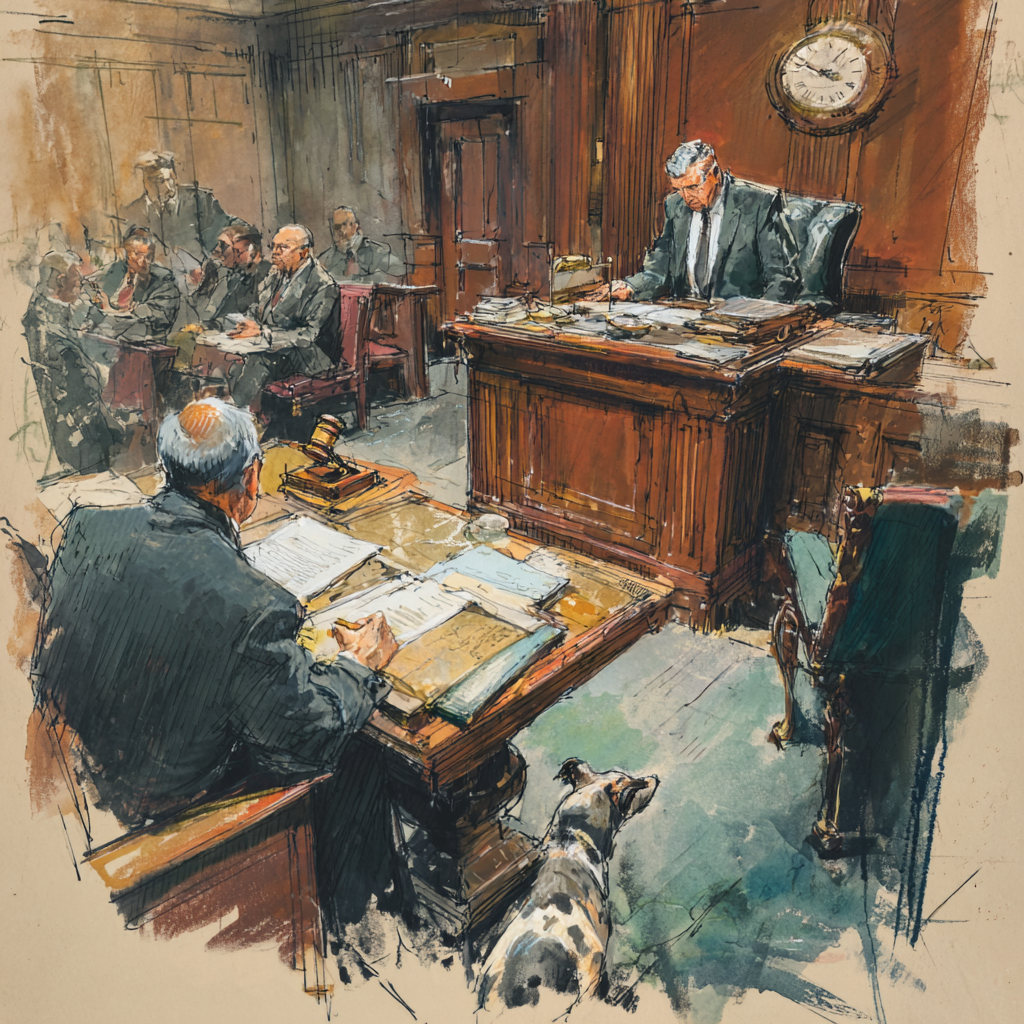Eagle Surgical Supply, Inc. v AIG Ins. Co., 2013 NY Slip Op 51449(U)(App. Term 2d Dept. 2013)
“By order dated September 29, 2008, the Civil Court granted plaintiff’s motion, finding that defendant had failed to rebut plaintiff’s prima facie case, and awarded plaintiff the principal sum of $502.63.”
“On June 3, 2010, the Supreme Court awarded defendant a default declaratory judgment which found, among other things, that since plaintiff and its assignor had “violated their respective obligation [sic] to appear for an examination under oath . . . [defendant] has no duty to defend or indemnify the [plaintiff and its assignor] . . . for any claims of personal injury, no-fault, UM or SUM benefits” for motor vehicle accidents occurring on specified dates.”
“The instant Civil Court action was commenced to recover no-fault benefits for services plaintiff had provided to its assignor for injuries the assignor had sustained in a motor vehicle accident on May 31, 2007. The declaratory judgment states that it applies to 28 incidents, and lists the dates of the incidents. However, May 31, 2007 is not included in the declaratory judgment action among the dates set forth therein. Therefore, defendant has not shown that plaintiff, by entering judgment in the Civil Court action, seeks to relitigate claims or causes of action arising out of the same transaction or series of transactions (see Matter of Hunter, 4 AD3d at 269).”
“Res judicata, or claim preclusion, is invoked when a party, or those in privity with the party, seek to relitigate a disposition on the merits of claims or causes of action arising out of the same transaction or series of transactions which were raised or could have been raised in the prior litigation (see Matter of Hunter, 4 NY3d 260, 269 [2005]; Schuylkill Fuel Corp. v Nieberg Realty Corp., 250 NY 304, 306-307 [1929]). The instant Civil [*2]Court action was commenced to recover no-fault benefits for services plaintiff had provided to its assignor for injuries the assignor had sustained in a motor vehicle accident on May 31, 2007. The declaratory judgment states that it applies to 28 incidents, and lists the dates of the incidents. However, May 31, 2007 is not included in the declaratory judgment action among the dates set forth therein. Therefore, defendant has not shown that plaintiff, by entering judgment in the Civil Court action, seeks to relitigate claims or causes of action arising out of the same transaction or series of transactions”
It appears that the subsequently filed declaratory judgment action would have collaterally estopped plaintiff and allowed the vacatur of the Civil Court action had it listed the May 31, 2007 date of loss in its complaint…









